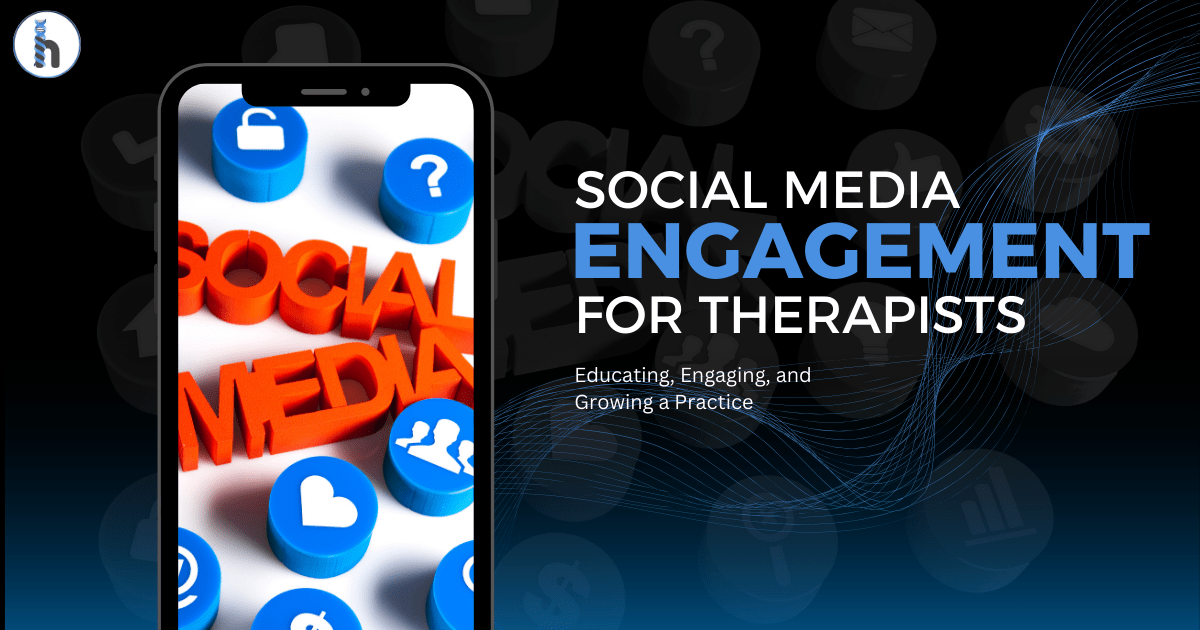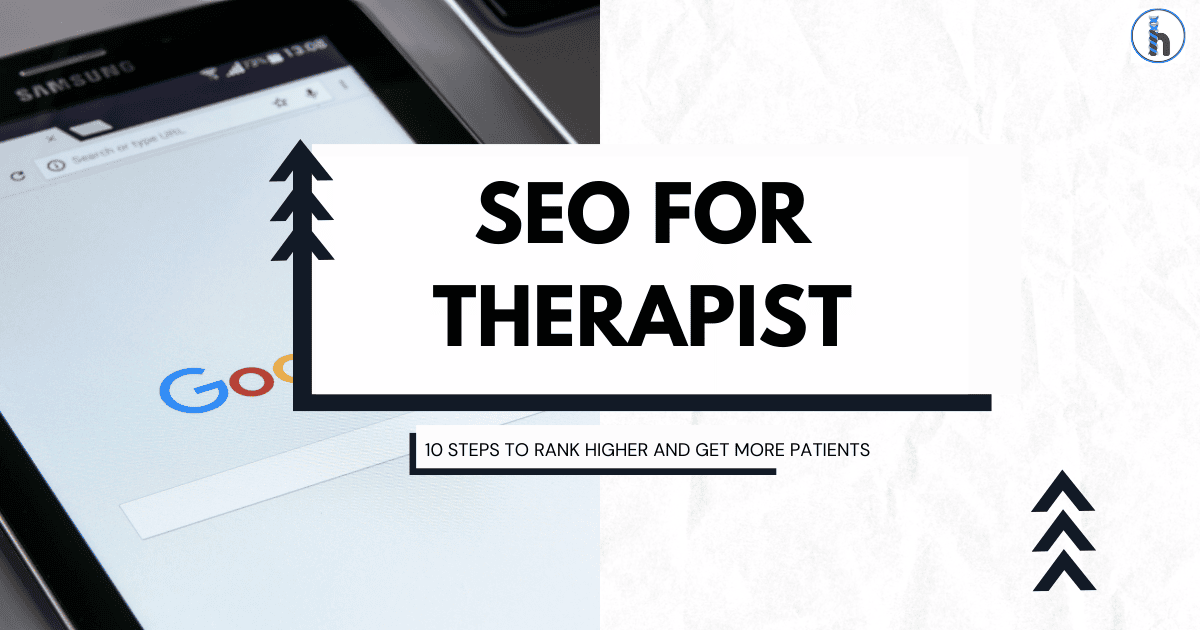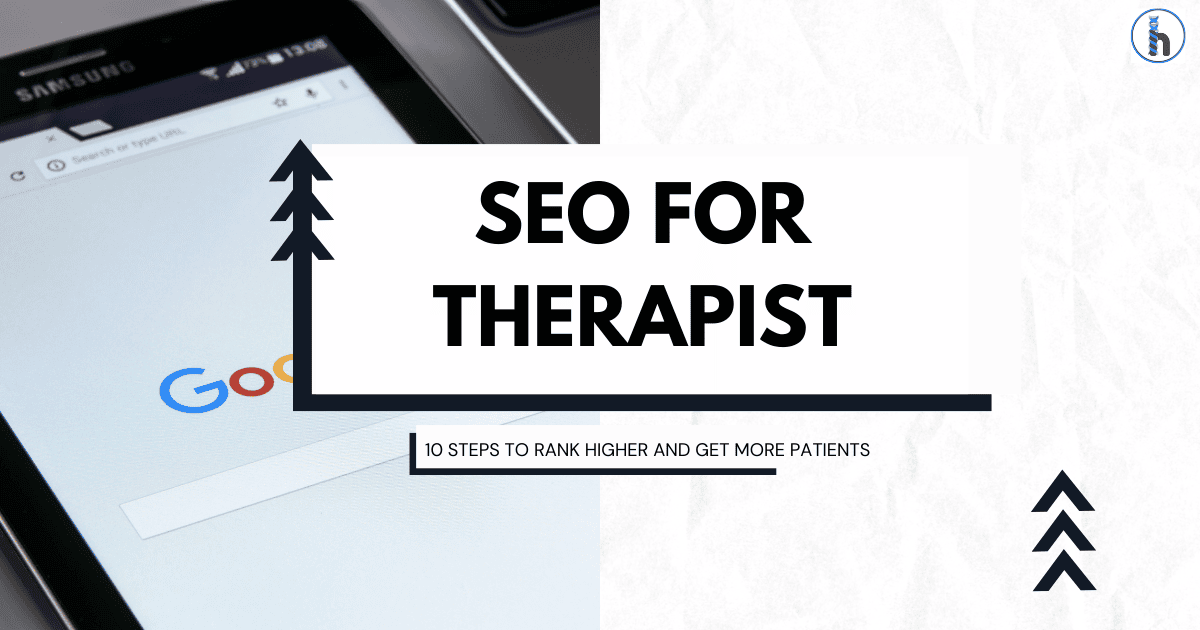Work Smarter: The Ultimate Guide to Content Repurposing for Therapists

Creating valuable content for therapists often starts with a well-written blog, one of the best tools a clinic can use to attract new clients. However, relying solely on articles limits your reach. Not everyone consumes information the same way. This is where content repurposing becomes a game-changer.
By transforming blog posts into different digital formats, you can reach a wider audience, reinforce key messages, and increase visibility across multiple platforms. This approach not only saves time but also ensures that valuable content remains relevant and accessible to different types of patients, caregivers, and referral sources. This article is your guide to doing just that.
What is Content Repurposing (And Why It Matters for Your Clinic)
At its core, content repurposing means taking the key ideas from a single article and adapting them into different formats to repurpose blog content effectively. This strategy allows clinics to get more value out of a single piece of content, extending its lifespan and improving audience engagement.
For example, a blog post titled “Five Exercises to Reduce Shoulder Pain After an Injury” can be transformed into:
-
-
A short video demonstrating the exercises
-
A step-by-step guide for an email newsletter
-
Social media posts breaking down each exercise into separate posts
-
An infographic summarizing the benefits
-
How to Turn Blog Posts Into Videos
Videos are one of the most effective ways to engage an audience, especially on social media platforms. For therapy clinics, creating videos based on blog content can help demonstrate therapy techniques, explain treatment options, and build trust with potential patients.
Video Ideas for Your Therapy Practice
-
-
Educational Videos: Take a blog post explaining a therapy technique and turn it into a short, easy-to-understand explainer video.
-
Exercise Demonstrations: A key part of learning how to turn blog posts into videos is creating short tutorials showing correct techniques from your articles.
-
Patient Success Stories: Share real-life experiences from patients (with consent) to build credibility and trust.
-
Best Practices for Video Marketing for Therapists
-
-
Keep videos short and engaging (1-3 minutes is ideal).
-
Include captions for accessibility.
-
Use clear visuals and professional-quality sound.
-
End with a call to action, like inviting viewers to schedule an appointment.
-
Using Email Marketing to Repurpose Your Best Content
Email marketing for your private practice is an excellent way to stay connected with your community. Instead of writing new content from scratch, you can repurpose blog articles into engaging email newsletters.
How to Transform Blog Posts into Emails
-
-
Educational Newsletters: Create a concise email summary of a blog post with a link to the full article.
-
Patient Resources and Guides: Convert detailed blog posts into downloadable PDFs or workbooks.
-
Automated Follow-Ups: Use content from a “What to Expect” blog post in an automated email series for new patients.
-
Best Practices for Email Marketing in Private Practice
-
-
Keep emails concise and mobile-friendly.
-
Include a clear call to action.
-
Personalize emails when possible.
-
Adapting Articles for Social Media for Therapists
Social media is perfect for reaching new patients, but content needs to be short and visual. Transform articles from your blog into formats that perform well on Facebook, Instagram, and LinkedIn.
Ways to Repurpose Blog Content for Social Media
-
-
Infographics: Create an easy-to-read infographic from key statistics or steps in a blog post.
-
Quote Graphics: Pull powerful quotes from articles and create branded graphics.
-
Carousel Posts: Break down a blog post into multiple slides for an Instagram or LinkedIn carousel.
-
Live Q&A Sessions: Use a blog post as the topic for a live Q&A session with your followers.
-
Best Practices for Social Media Content
-
-
Keep posts short, engaging, and visually appealing.
-
Use relevant hashtags and geotags to attract a local audience.
-
Encourage comments and shares by asking questions.
-
Make Content Repurposing Your Clinic’s Superpower
Blogging is essential, but its impact is limited if it stays on your website. Mastering content repurposing is one of the smartest marketing ideas for physical therapy clinics, OT practices, and speech therapy centers. It allows you to transform articles into a diverse stream of content that builds your brand and connects with the people who need you most. With this strategy, your expertise can extend far beyond the blog, ensuring your valuable information reaches its full potential.

































